Traditionally, Linux was a reserve for developers, system administrators, and Enterprise users for hosting websites and other applications. There was a time when Linux posed a great deal of complexity to beginners and simply discouraged them from embracing it.
Over time, the vibrant Open source community has made enormous efforts in bringing Linux closer to ordinary Windows and Mac users by making it more user-friendly and easy to use.
This guide covers the best Linux distributions for beginners in 2023.
1. Zorin OS
Based on Ubuntu and Developed by the Zorin group, Zorin is a powerful and user-friendly Linux distribution that was developed with new Linux users in mind.
This is notably clear from its neat, simple, and intuitive UI whose look and feel closely resembles Windows 7 and Windows 10. For Windows or macOS users who are trying their hand out at Linux, this distribution comes highly recommended.
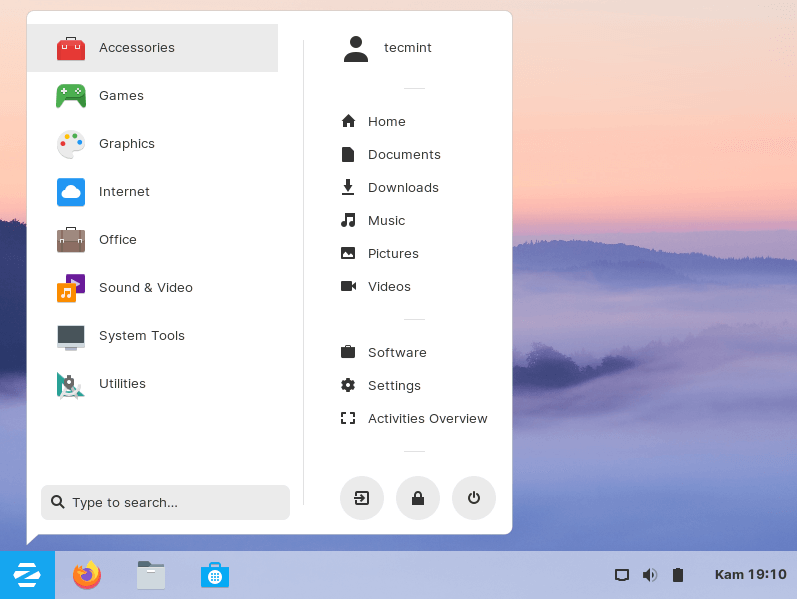
Zorin has been around since 2009, with the latest release being Zorin OS 16.2 which is available in 4 editions namely: Pro, Core, Lite, and Education.
The Core, Lite, and Education editions are free for download with the Pro Edition going for only $39. Education and Ultimate editions ship with both GNOME and XFCE desktop environments.
The core edition is only available in GNOME while Lite comes with the XFCE environment.
All editions come packed with office productivity software such as LibreOffice alongside useful utilities and applications to get you started. Zorin is also secure with periodic security patches and feature updates to address any security flaws and improve the performance of the system.
Zorin also comes highly recommended for old PCs or systems with low CPU and RAM specifications.
Zorin OS Requirements
Minimum system requirements include:
- 1Ghz dual-core CPU
- 2GB RAM (512Mb for Lite edition)
- 10GB hard disk space ( 20GB for Ultimate Edition)
- Minimum resolution of 800 x 600 ( 640 x 480 for Lite edition)
If you are a newcomer to Linux, consider giving Zorin a test run and enjoy the sleek UI, stability, and wonderful system performance.
2. Linux Mint
Linux Mint is free and open-source that was built with a focus on desktop users. Linux Mint is based on Ubuntu distribution and enjoys a vibrant community of developers who work round the clock to deliver a stable, fully-featured, customizable, and secure system.
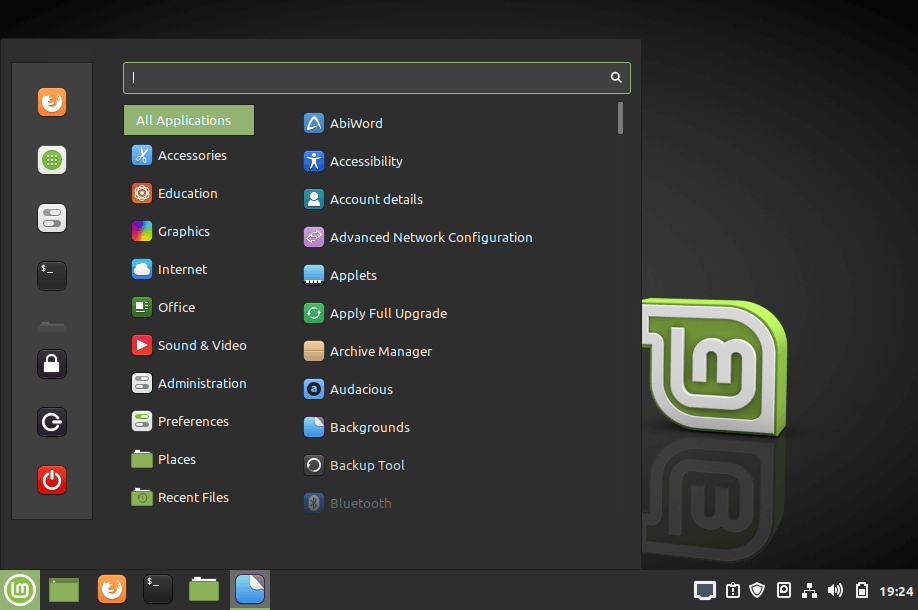
Right from the start, Mint provides an elegant and sleek interface that is easy to interact with. A simple click of the Start button at the bottom left corner reveals a rich menu replete with your favorite applications, storage locations, and various settings that you can use to tweak your system to your desired preference.
On the taskbar, be sure to find status icons such as the Network status icon, Update manager, volume, battery usage, and date icons as you would find on a Windows 7 or 10 system.
With Linux Mint, everything works out-of-the-box with full multimedia support, managed system updates using the Update Manager tool, and a software manager repository where you can install your favorite applications such as Skype, Discord, and VLC media player.
Mint is a long-term support (LTS) operating system implying that it receives support for extended periods of time of up to 5 years.
The latest release of Mint is Linux Mint 20.1 codenamed “Vera”, which was released on March 20, 2022, and is based on Ubuntu 22.04 LTS.
It’s available for download in 3 desktop environments: Cinnamon, MATE, and XFCE. However, unlike its predecessors such as Mint 19.3 and earlier, it is only available for download in 64-bit architecture.
It’s highly customizable with a rich set of desktop backgrounds, improved monitor support with fractional scaling, accent colors, and other system improvements.
Unlike Zorin, Mint has a fairly large footprint and requires a robust system with higher specifications for installation for it to run smoothly.
To install Linux Mint, your PC needs to meet the following minimum requirements:
Linux Mint Requirements
- 2GB RAM
- 20GB hard disk space
- A resolution of 1024 x 768
3. Ubuntu
Developed by Canonical, Ubuntu remains to be one of the most popular mainstream Linux distros of all time, with several other distros derived from it.
Ubuntu is open source, and absolutely free for download. It ships with a GNOME desktop environment with polished icons and a rich set of desktop backgrounds.
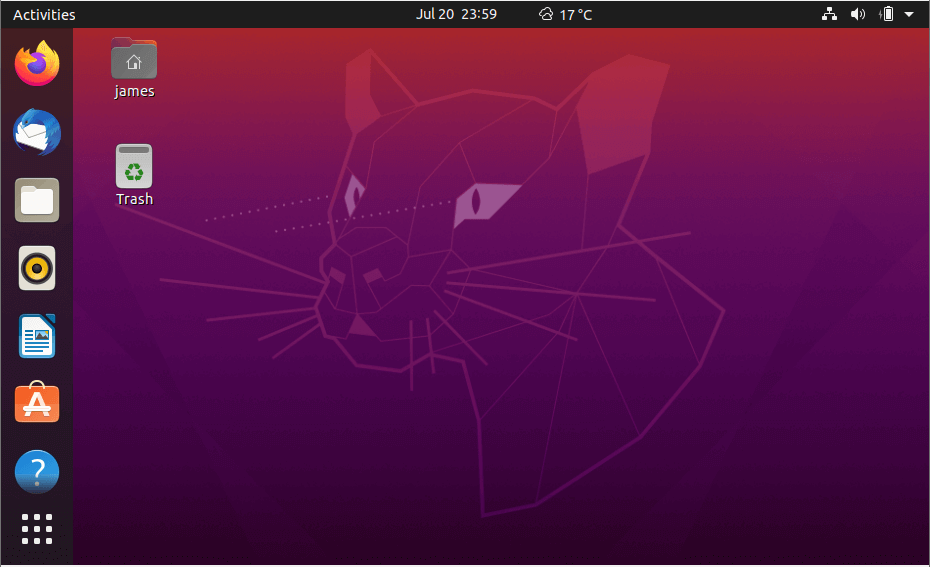
It works out of the box with full multimedia support and basic applications to get you started out such as LibreOffice suite, and Rhythmbox media player. Firefox browser and Thunderbird email client.
Ubuntu’s massive popularity stems from the availability of over 50,000+ software packages from its four main repositories; Main, Restricted, Universe, and Multiverse.
This simplifies the installation of almost any software package using the APT package manager on the command line.
Ubuntu also comes with a rich Software Center which is a graphical front-end that allows users to easily install and remove software packages from the system without having to run commands on the terminal.
Ubuntu is quite easy to use and highly customizable supporting up to 10 desktop environments. The latest release is Ubuntu 22.04 dubbed Jammy Jellyfish which is a Long Term release with support going all the way up till 2032.
It ships with polished icons, enhanced monitor support with fractional scaling, additional theme variants, ZFS file support, and more emphasis on Snaps.
Over time, Ubuntu has evolved and now includes Enterprise support for cloud technologies such as Openstack, and Kubernetes Clusters and even extended to support IoT devices
Older versions of Ubuntu ran quite smoothly on older PC, but Ubuntu 20.04 and later require a PC with the following requirements to run smoothly:
Ubuntu Requirements
To install Ubuntu Linux on your PC need to meet the following minimum requirements:
- 2 GHz dual-core processor
- 4 GB RAM
- 25 GB of hard disk space
4. Elementary OS
Elementary OS has been around for close to 10 years now with its maiden release in March 2011. It comes with a stunning and crisp Pantheon desktop environment, and at first glance, you may be forgiven to think that you are looking at another macOS release given the design cues inspired by mac such as the distinctive centered dock at the bottom of the screen.
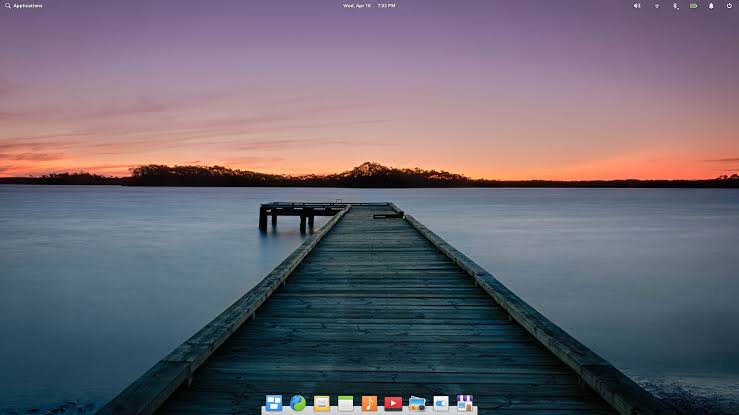
Honestly speaking the Pantheon desktop is one of the most aesthetically appealing desktop environments and offers an easy to navigate to your applications and files.
By default, Elementary OS is quite minimalistic and takes pride in its App Center where you can install your favorite applications such as Spotify. LibreOffice doesn’t come pre-installed as you would expect but worry not as it’s just a simple click away in the AppCenter.
Elementary OS packs with a wealth of Open Source applications such as email clients, web browsers, photo viewers, and music players. Calendars and so on. These include GIMP image editor, Midori web browser, Photo viewer, Geary, etc.
Elementary OS is also based on Ubuntu and is stable and fast even on old and low-spec PCs. The latest release is elementary OS 7 Horus which packs major improvements such as a new-look login screen, improved system settings, and new desktop tweaks.
5. Deepin Linux
Deepin, formerly known as Hiweed Linux or Linux Deepin is a free and open-source distribution tailored to provide a unique and interactive user experience using its beautifully designed Deepin Desktop environment that features multiple layouts and polished icons, animation, and sound effects on mouse-clicks and windows with rounded corners. The Desktop environment is based on Qt.
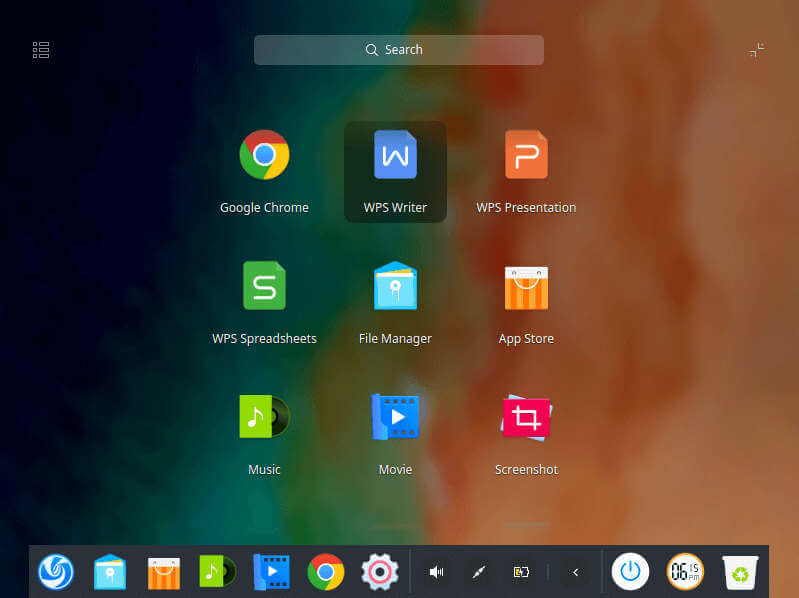
Deepin is easy to install, quite stable, and easily customizable to fit your style and taste. It comes with its own Windows manager called dde-kwin that features aesthetically appealing icons and panels.
Deepin is based on the Debian distribution and packs a collection of both open-source and proprietary applications. Out of the box, you will find applications such as WPS Office, Google Chrome browser, Thunderbird mail client, Deepin Movie, Deepin Music, and Deepin store to mention a few.
6. Manjaro Linux
Manjaro is yet another open-source beginner-friendly Linux distribution that is based on Arch Linux distribution. While lightweight, stable, and exceptionally fast, Arch Linux is traditionally tailored for advanced users with deeper technical know-how in Linux. As such Arch is considered beyond the scope of many beginners.
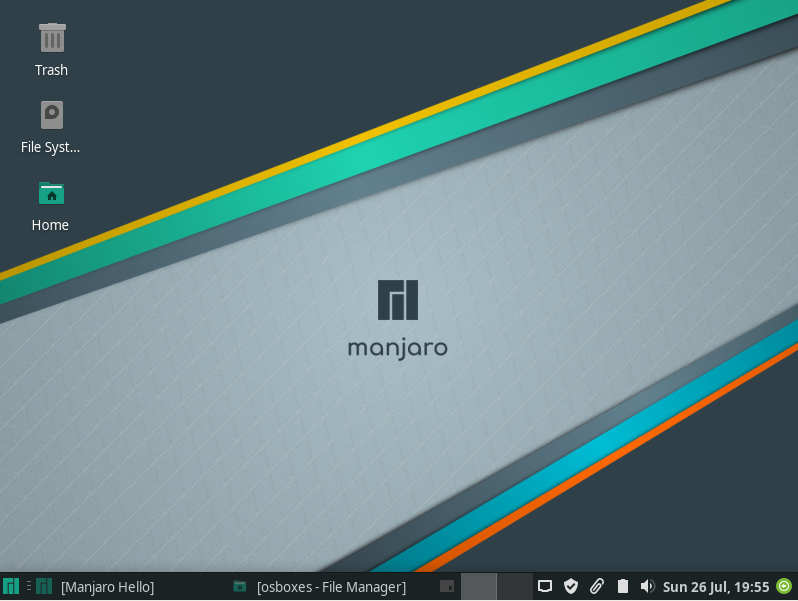
And that’s where Manjaro comes in. Manjaro ships with all the benefits of Arch Linux coupled with an elegant look, user-friendliness, and accessibility. Manjaro is available in both 32-bit and 64-bit versions, however, the latest versions are only available in 64-bit.
Manjaro is easy to install and comes in 3 desktop environments XFCE, KDE Plasma, and GNOME. It’s quite versatile and can be tweaked to suit your own style and taste. It’s a rolling release, meaning that the core system can be updated and upgraded without the need to reinstall a newer system.
Out of the box, Manjaro packs essential applications that you would need on the go such as Firefox browser, Thunderbird email client, and LibreOffice suite, and also allows you to download many more applications from Arch repositories. Upon installation, Manjaro auto-detects all hardware components of your system including graphic drivers, and auto-installs the necessary applications.
Manjaro Linux Requirements
To install Manjaro Linux on your PC need to meet the following minimum requirements:
- 4GB of memory
- 30GB of hard disk space
- 1 gigahertz (GHz) processor
- A high-definition (HD) graphics card and monitor
7. CentOS
CentOS is an open-source community-driven operating system that is based on RHEL (Red Hat Enterprise Linux). It offers beginners a gateway to try out an RPM-based Linux distribution at absolutely no cost, unlike Red Hat which is subscription-based.
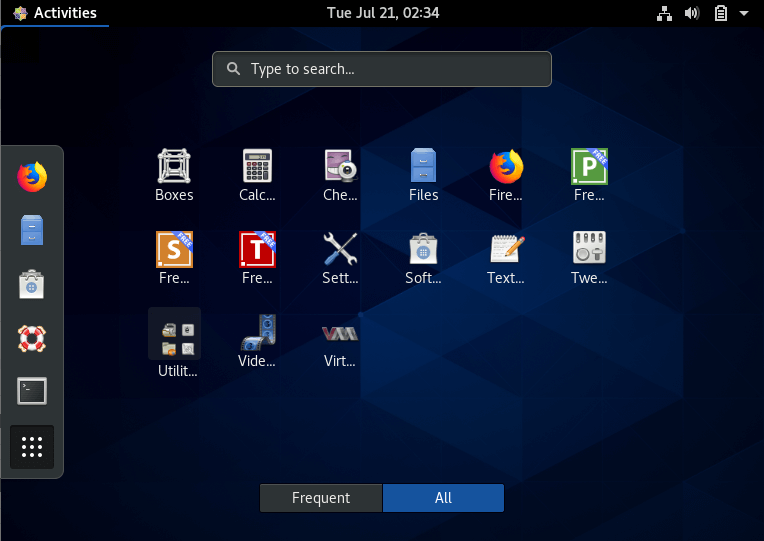
Unlike the earlier-mentioned distributions, CentOS is more geared towards stability and performance than visual appeal and customizations. In fact, due to its stability, it comes recommended for server environments and for beginners seeking to venture into System Administration and development.
CentOS 8 is the latest release and ships with GNOME as the default desktop environment. Software packages are provided through 2 main repositories: AppStream and BaseOS.
Though very commendable on stability and performance, CentOS 8 doesn’t have much to offer in the way of desktop customization. If you are looking for an exciting desktop experience, you are better off with the other distributions mentioned.
On 31st December 2021, the CentOS project shifted its focus towards CentOS Stream, which is a rolling release Linux distro (continuous-delivery) that will serve as the upstream version for future releases of Red Hat Enterprise Linux (RHEL) and Fedora. Sadly, CentOS 8, which was to enjoy support until 2029, will come to an abrupt and premature end.
With a huge and vibrant community of open-source developers, beginners can always rest assured that help will be in their way in case they get stuck.
8. OpenSUSE Tumbleweed
OpenSUSE Tumbleweed is a leading-edge, stable, safe, and simple-to-use Linux desktop and server operating system, which is a powerful OS that offers renowned openSUSE-based technologies such as the Btfrs file system, the YaST installation and configuration tool (a.ka ‘control panel’), and the snapper command-line utility.
Tumbleweed uses the ZYpp package manager, and zypper is a CLI interface for it, used to install, update, remove packages, and more. It is safe and secure because it is built from latest the kernel releases, compiled with the latest Spectre/Meltdown mitigation patches. Tumbleweed also comes with a firewall and strong security policies enabled by default thus covering your system security out of the box.
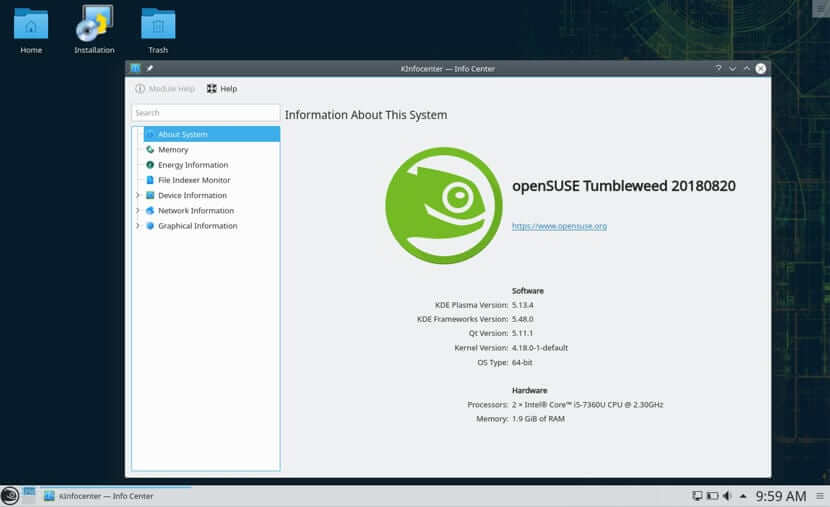
Besides, Tumbleweed is also continuously updated, each update is thoroughly tested against industry-grade quality standards. To ensure that the system is internally consistent, for each package, not only is each new version individually tested, but different clusters of versions are tested against each other.
9. Rocky Linux
Rocky Linux is a replacement for CentOS Linux. The development of CentOS was discontinued by Red Hat. Rocky Linux was born after an announcement by Gregory Kurtzer, the co-founder of the CentOS project announced that he would again start a project to achieve the original goals of CentOS.

Rocky Linux is a free, enterprise-grade, production-ready Linux distribution designed to be 100% compatible with RHEL: It rebuilds sources directly from RHEL. It offers an easy-to-use migration script, free of charge to migrate from other enterprise Linux distributions. Furthermore, it also provides solid stability with regular updates and a 10-year support lifecycle, all for free.
10. PepperMint_OS
Designed to offer a minimalist desktop, giving the individual the choice of what they want to install, PepperMint_OS is a community distro built for all age groups and abilities. It is a bare-bones OS: simply install what you wish to use. Thus it comes with no firewall, browser, office, or media player.
It ships with two file managers, Nemo the community-preferred choice and set as the default, and Thunar, the Xfce desktop environment’s default. However, users have the liberty to alternate between different file managers. To install software not supported, a user can enable it from the flatpak, snaps, and appimages repositories.

PepperMint_OS’s GUI tools are built using tkinter, and pyqt to help users set up their computer and install the extra wallpapers, themes, and icon sets to improve their desktop’s look and feel. Importantly, the developers of PepperMint_OS have integrated Debian into the Peppermint desktop vision and are ultimately customizing it to meet their needs.
11. MX Linux
Built by developers from the MEPIS Linux community and antiX Linux community, MX Linux is a Debian-based distro, easy-to-use, and customizable. MX uses core antiX Linux components, with extra software created or packaged by the MX community.
MX doesn’t use the systemd system and service manager but employs systemd-shim init, which emulates the systemd functions that are required to run the helpers without using the init service.
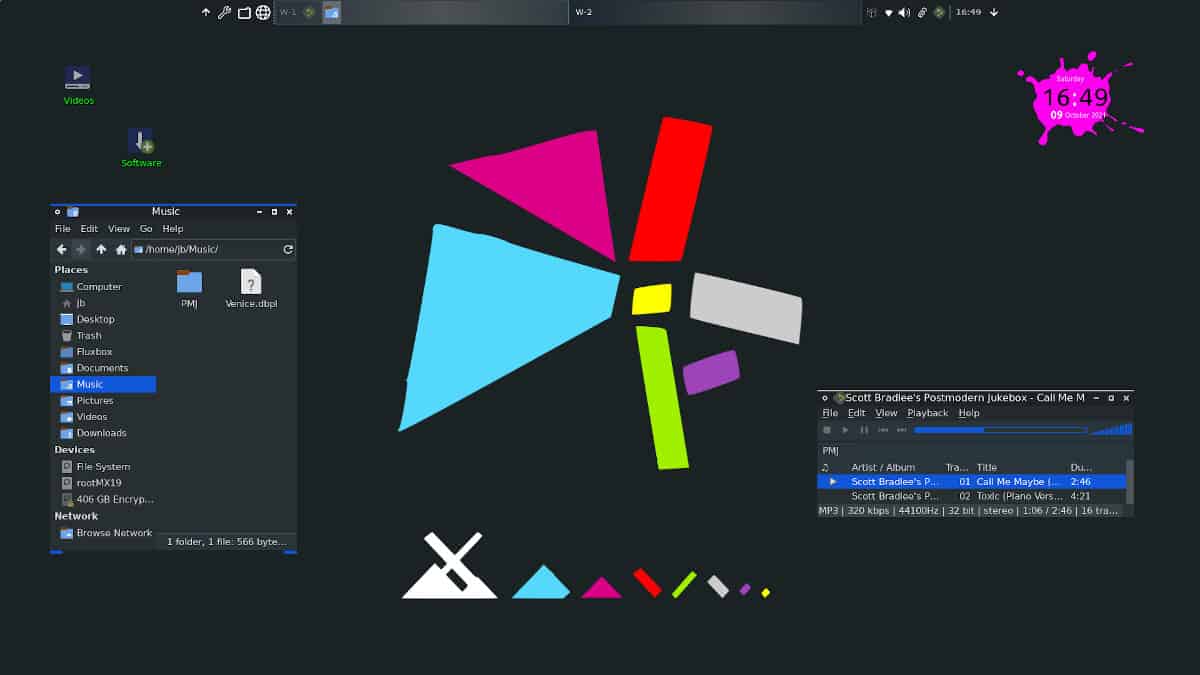
Additionally, MX Linux’s graphical tools offer an easy way to perform a wide range of tasks. Also, the Live USB and snapshot tools inherited from antiX Linux add remarkable portability and remastering capabilities. It also ships with a certain amount of non-free software.
12. PCLinuxOS
PCLinuxOS is a free, easy-to-use Linux distribution for x86_64 desktops or laptops, which is distributed as a LiveCD/DVD/USB ISO image that you can run with making any changes on your computer or you can install on your hard drive. Its simple Addlocale interface offers additional support for over 85 languages.
PCLinuxOS uses the Advanced Packaging Tool (or APT) package management system, together with Synaptic, a GUI frontend to APT for easy software installation. It has over 12,000 rpm software packages available from the official software repository.
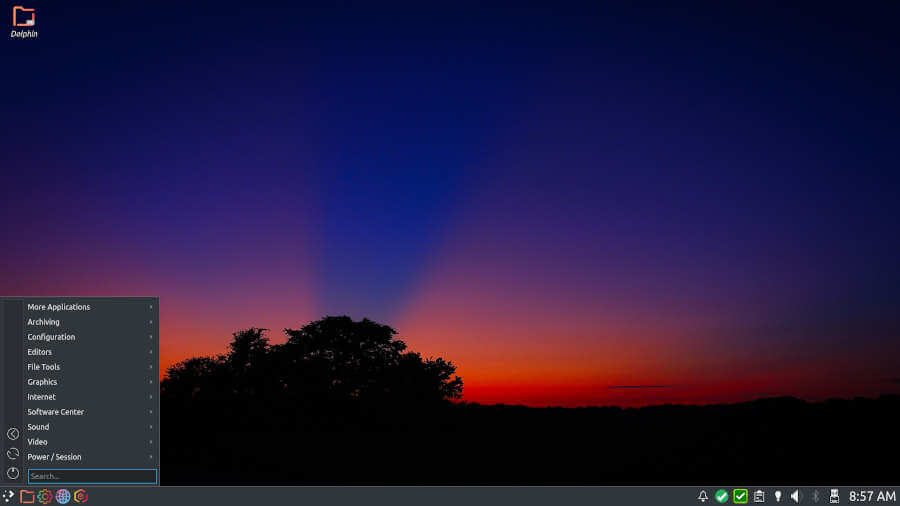
Furthermore, it ships with a known as mylivecd, which allows a user to take a ‘snapshot’ of their current hard drive installation with all settings, applications, documents, and more, then it compresses it into an ISO CD/DVD/USB image. This way, you can easily create a backup of your data or create your custom liveCD/DVD/USB.
Conclusion
While there are still many other distros that are user-friendly for beginners, we covered what we felt are the most popular and recommended Linux flavors for newcomers. If you are a beginner, we hope that this guide will help you make an informed decision as you embark on your journey of learning Linux.

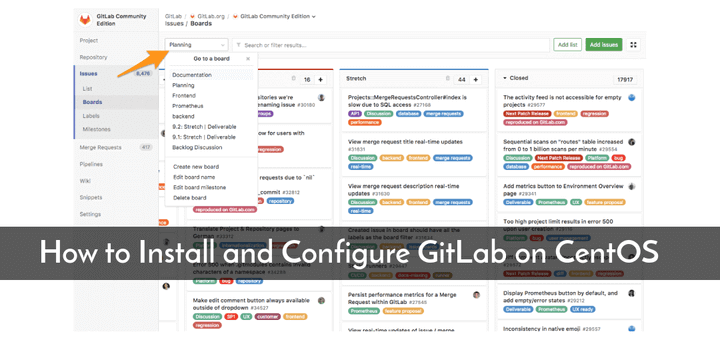
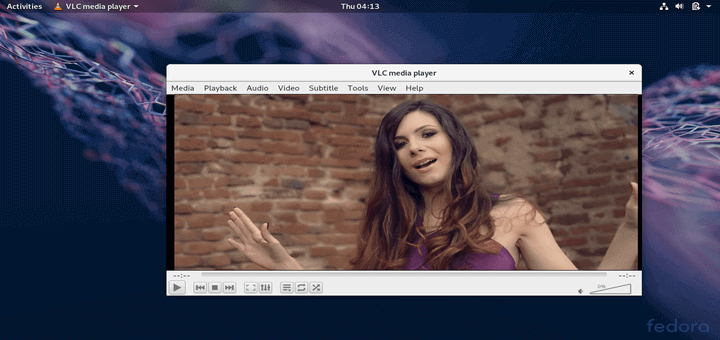
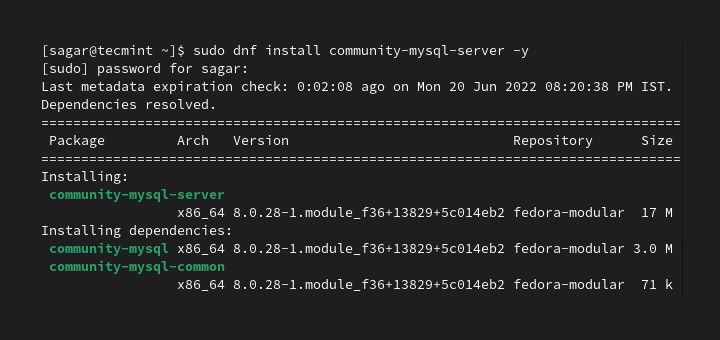
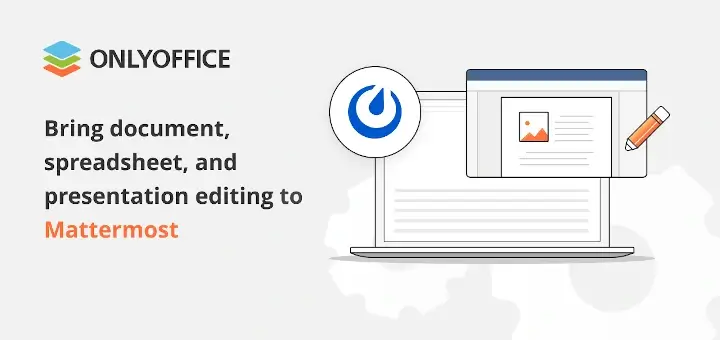
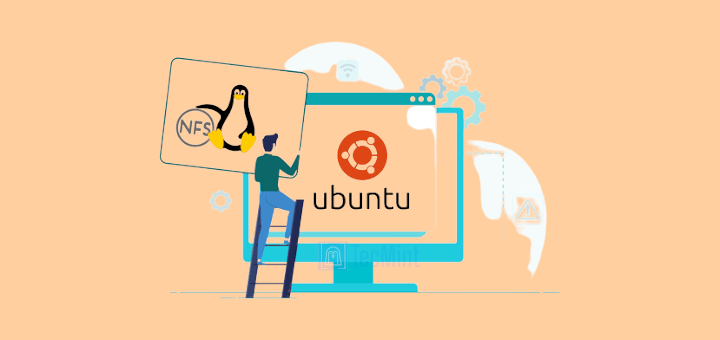
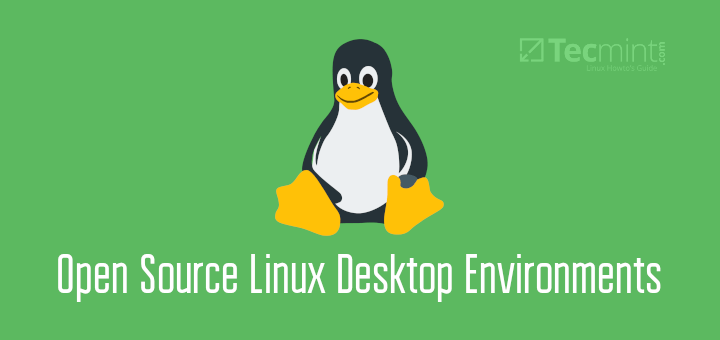
Ubuntu Budgie is a great option for beginners, which has a Mac OS standard desktop and excellent Community Support.
In all the Tecmint “Best Linux distros” articles over the years, PCLinuxOS has NEVER been mentioned. It is as easy to use as any of the *buntus. It is much more configurable. Its default install is not a monoblock from which no package can be uninstalled.
The user community support is as good, if not better than the *buntus and it has its own monthly magazine. PCLOS does not have information-sharing agreements with any other large company (ex. Amazon).
And that’s just for starters!
@Dragon,
Thanks for your input, we will include the PCLinuxOS in the article…
@Dragonmouth,
We’ve mentioned PCLinuxOS in the list as per your suggestion…
Hint: OpenSUSE Tumbleweed is the next distro that is friendly to beginners.
What about PepperMint_OS? that looks like a Windows design but just close looks.
Try Ubuntu Cinnamont Remix
Why is Modicia OS not mentioned? it is an Italian-based version of Xubuntu-a fine distro which is largely ignored !!!